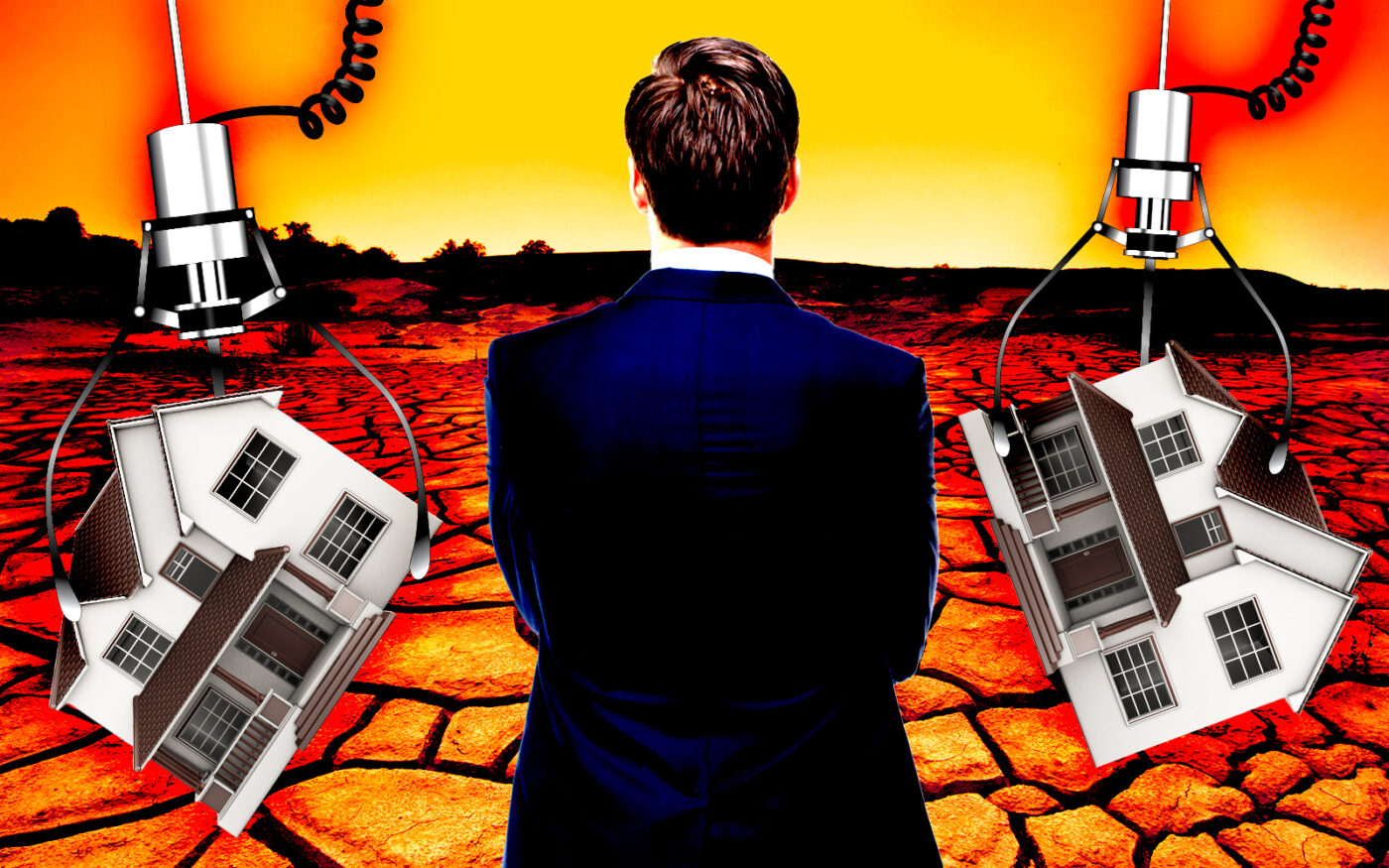
Trending
Arizona real estate not sweating new restrictions
Groundwater shortage led to halting of new subdivision construction

Arizona may be limiting construction amid an ongoing groundwater shortage, but real estate figures don’t expect development to dry up.
Real estate figures from across the state expressed a belief in the future of the state’s market, KJZZ reported. The resistance comes after panic set in regarding the state’s latest restrictions.
After a state report revealed potential deficits in Phoenix groundwater within the next century — the typical barometer used to assess projects in Arizona — Gov. Katie Hobbs moved to restrict the construction of new subdivisions. Construction won’t be approved where Phoenix groundwater is the sole water source.
Real estate isn’t ready to panic. For starters, projects in the pipeline aren’t in danger, meaning there’s still roughly 80,000 developments in the works in the Phoenix metro area. If a developer has access to surface water or reclaimed water, they’ll be allowed to proceed, too.
While development in Phoenix proper has its own share of issues, developers will be able to turn towards the major city as a place where projects remain viable, even as projects on the outskirts become more prohibitively expensive or impossible due to a lack of water.
Then, there’s the housing market. Phoenix has been one of the hottest markets (pun fully intended) since the onset of the pandemic. The median sale price of a home in the metro has steadily stuck above that of the national market.
Sindy Ready, the vice president of the Arizona Association of Realtors, thinks the market will always hold appeal to buyers.
“I think people are always going to want to live in Arizona, we have sunshine, we have beautiful hiking trails and biking trails and golf and tennis,” Ready told the publication.
Arizona is in the midst of a 23-year drought and rising temperatures have led to dwindling water levels at the Colorado River, which supplies 40 million people across seven states. Increased evaporation rates and high water demand for crops is also contributing to the strain in water sources.
Read more



There are particularly concerns about how the groundwater shortage and development restrictions will impact housing affordability, historically strong in the region.
— Holden Walter-Warner




